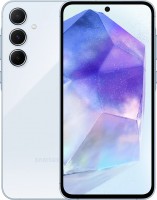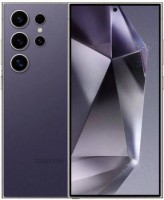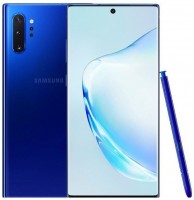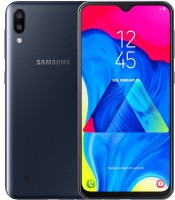Mobile Phones Samsung series Galaxy Fold (foldable tablet)
Galaxy Fold
At the end of the last decade, engineers were fascinated by the idea of creating a smartphone with a large and flexible screen that would bridge the worlds of tablets and smartphones like Sam Worthington's character in Avatar. But the idea was an idea, but it turned out to be a disaster: for some, the screens burst, for others, the displays faded after several twists. Therefore, most manufacturers were limited to the development of concepts. But not Samsung. Without foreplay, the Korean brand reached into his pocket and brought the smartphone of the future Galaxy Fold onto the table.
The future is not expected for everyone. People didn’t have a clear need for a folding screen, the initial ideas turned out to be raw, and the prices were horsey, so most bloggers and experts reservedly praised the device, calling it a “folding tablet” and not a “folding smartphone” as the manufacturer wanted.
 |
It is important to make a reservation here that the Galaxy Fold family is still young and not too extensive. It includes a pair of "tubes" Fold and Flip. The average check for the Fold model is 2K dollars, in terms of quality, power and capabilities, this is a pure Galaxy Note with a gorgeous Dynamic AMOLED screen, wireless charging, UFS 3.1 class memory, adaptive display scan and a bunch of other reasons to show off to friends. Only the Fold has a larger screen and bends like a chessboard.
Flip devices stand at the level of "ordinary" Galaxy S and aim at the mass consumer. Unlike the pioneering Galaxy Fold, the Flip's display doesn't fold vertically like a book, but horizontally like old flip phones. At the same time, the quality of their displays is not so ultimatum, and the cameras are more modest. The rest of the Galaxy Fold and Flip are similar to each other, even despite the two-fold difference in price.








